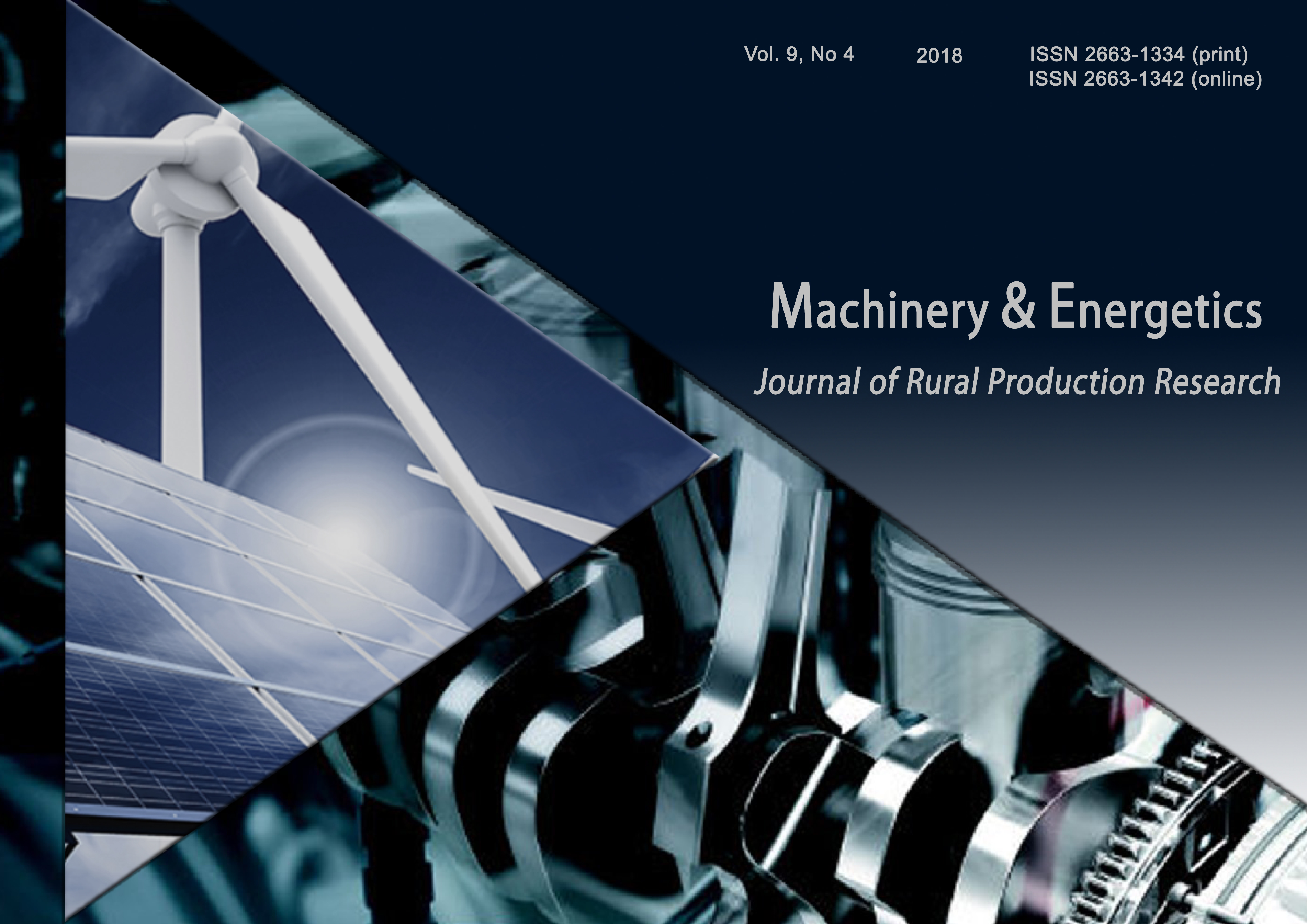Research of development of damage of construction steel with acoustic emission method
Abstract
Abstract. The article presents the results of studies of the formation of a macrocrack in the falling part of the complete strain diagram using the acoustic emission method (AE). It is shown that to establish the qualitative and quantitative differences in the distribution of AE, special equipment is needed – a servo system, which makes it possible to slow down the process of destruction. The results of comparing the spectrum of the distribution of the AE counting rate and the load – time relationship on the falling portion of the strain diagram revealed the AE parameter characterizing the damage accretion observed before the formation of the macrocrack, when the transition from the discrete to the continuous AE distribution occurs, the loss of the AE signal in defects and its complete disappearance at the moment of macrocrack formation. Parameter AE, characterizing the moment of accretion of damage, proposed as the upper limit of the micro-crease and can be used to establish the stage of failure during the diagnostics of metal structures, including structures under the action of working pressure.
Key words: acoustic emission, damage kinetics, piezoelectric sensor, macrocracks, diagnostics.
References
Стрижало В. А., Добровольский Ю. В., Стрельченко В. А. Прочность и акустическая эмиссия материалов и элементов конструкции. ?н-т проблем прочности. Киев: Наукова думка. 1990. 232 с.
Чаусов Н. Г., Недосека С. А., Лебедев А. А. Влияние вида напряженного состояния на параметры акустической эмиссии, регистрируемые на заключительных стадиях деформирования металлов // Техническая диагностика и неразрушающий контроль. 1993. № 3. С. 33–38.
Недосека А. Я., Яременко М. А., Овсиенко М. А., Харченко Л. Ф. О применении метода акустической эмиссии для контроля промышленных конструкций. Техническая диагностика и неразрушающий контроль. 2003. № 3. С. 3–6.
Анисимов В. К. Однозначное определение координат источников акустической эмиссии в листовых материалах. Дефектоскопия. 1990. № 7. С. 11–15.
Скальский В. Р., Буйло С. ?., Станкевич Е. М. Критерий оценки хрупкого разрушения стекла по сигналам акустической эмиссии. Дефектоскопия. 2012. N 5. С. 26–34.
Трощенко В. Г., Стрижало В. А. Методика исследования закономерностей нестабильного развития трещин при циклическом нагружении с использованием явления акустической эмиссии. Проблемы прочности. 1995. № 12. С. 30–33.
Strizhalo, V. A., Dobrovolsky, Yu. V., Strelchenko, V. A. (1990). Durability and acoustic emission of materials and structural elements. Inst problems of strength. Kiev: Sciences. Dumka, 232.
Chausov, N. G., Nedoseka, S. A., Lebedev, A. A. (1993). The influence of the type of stress on the parameters of acoustic emission, recorded at the final stages of the deformation of metals. Technical Diagnostics and Non-Destructive Testing. № 3. 33-38.
Nedoseka, A. Ya., Yaremenko, M. A., Ovsienko, M. A., Kharchenko, L. F. (2003). On the application of acoustic emission method for the control of industrial structures. Technical diagnostics and non-destructive testing. № 3. 3-6.
Anisimov, V. K. (1990). Unambiguous determination of the coordinates of acoustic emission sources in sheet materials. Flaw Detection. № 7. 11-15.
Skalsky, V. R., Buylo, S. I., Stankevich, E. M. (2012). Criterion for assessing the brittle fracture of glass by acoustic emission signals. Defectoscopy. N 5. 26-34.
Troshchenko, V. G., Strizhalo, V. A. (1995). Methodology for studying the laws of unstable crack development under cyclic loading using the phenomenon of acoustic emission. Problems of Strength. 1995. № 12. 30-33.
Downloads
Published
Issue
Section
License
Relationship between right holders and users shall be governed by the terms of the license Creative Commons Attribution – non-commercial – Distribution On Same Conditions 4.0 international (CC BY-NC-SA 4.0):https://creativecommons.org/licenses/by-nc-sa/4.0/deed.uk
Authors who publish with this journal agree to the following terms:
- Authors retain copyright and grant the journal right of first publication with the work simultaneously licensed under a Creative Commons Attribution License that allows others to share the work with an acknowledgement of the work's authorship and initial publication in this journal.
- Authors are able to enter into separate, additional contractual arrangements for the non-exclusive distribution of the journal's published version of the work (e.g., post it to an institutional repository or publish it in a book), with an acknowledgement of its initial publication in this journal.
- Authors are permitted and encouraged to post their work online (e.g., in institutional repositories or on their website) prior to and during the submission process, as it can lead to productive exchanges, as well as earlier and greater citation of published work (See The Effect of Open Access).

